Tulsi, Vana — Holy Basil (Ocimum gratissimum) seeds, Organic
Price range: $4.95 through $44.10
Family: Mint (Lamiaceae)
Hardy to Zones 10 to 12, otherwise grown as a potted plant and brought in for the winter
(Vana Tulsi, Clove Basil, African Basil, Vantulasi, Wild Holy Basil, Tree Basil) Perennial bush basil to 5 feet, native to India and East Africa, a wild species brought into cultivation. These seeds grown at our farm, secluded from other basils. The plants are woody-stemmed and actually overwinter indoors more readily than the other tulsi types. I have brought them successfully through a winter, planted in gallon pots on an indoor windowsill. Source of eugenol (oil of clove). The plant is handsome and aromatic, slightly hairy, green-leaved. As a garden grown tea herb, it weighs up heavily and may be used by itself or blended with leaves of other types of tulsi. Traditional usage (Ayurveda): stress, anxiety, heart disease, arthritis, diabetes, and dementia. Drinking tulsi tea in the morning is a fantastic way to get started. Tulsi seed is a light-depndent germinator, and you can increase germ rates by holding the seed in the palm of your hand in the direct sunlight before planting. Prepare a flat of potting soil or a fine seedbed in spring and scatter seeds on surface, then press in and keep evenly moist and warm until germination, which is rapid. Transplant or thin to 2 to 3 feet apart.
Packet contains 50 seeds
1 g contains ~1,000 seeds
5 g contains ~5,000 seeds
10 g contains ~10,000 seeds
Certified Organically Grown

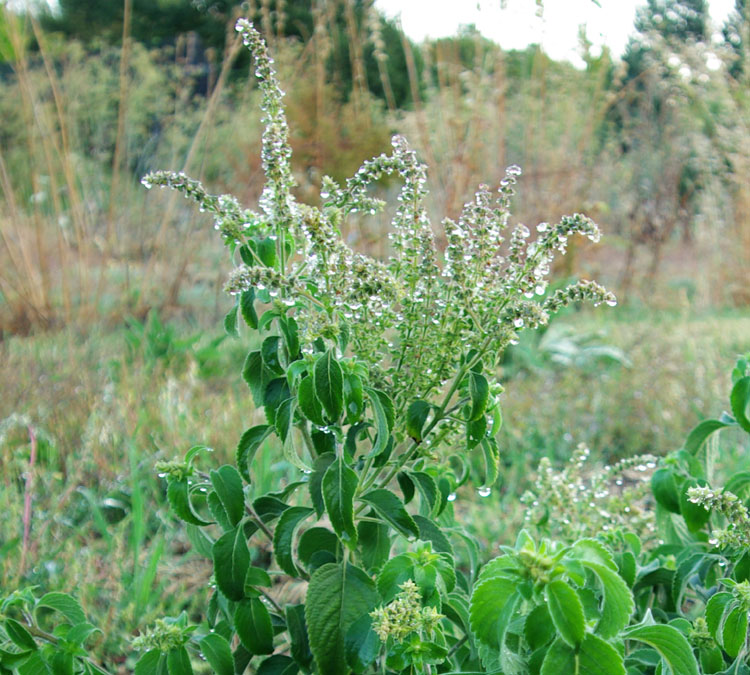
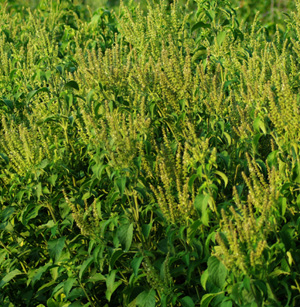
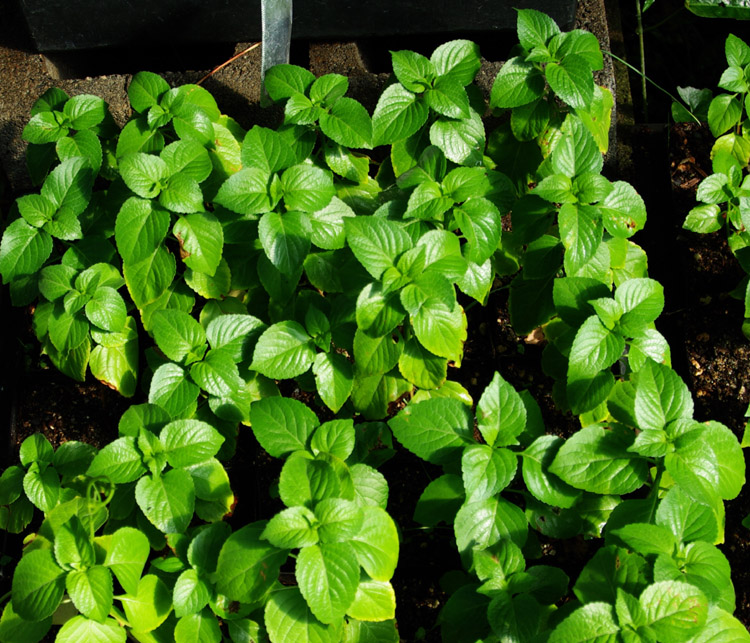
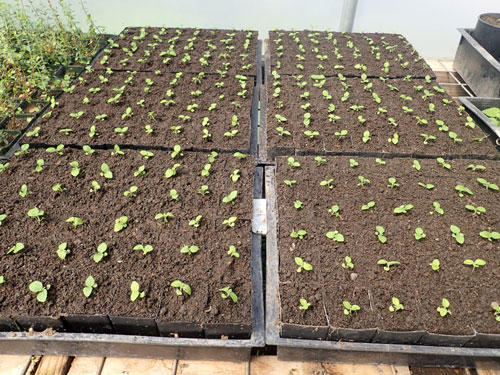
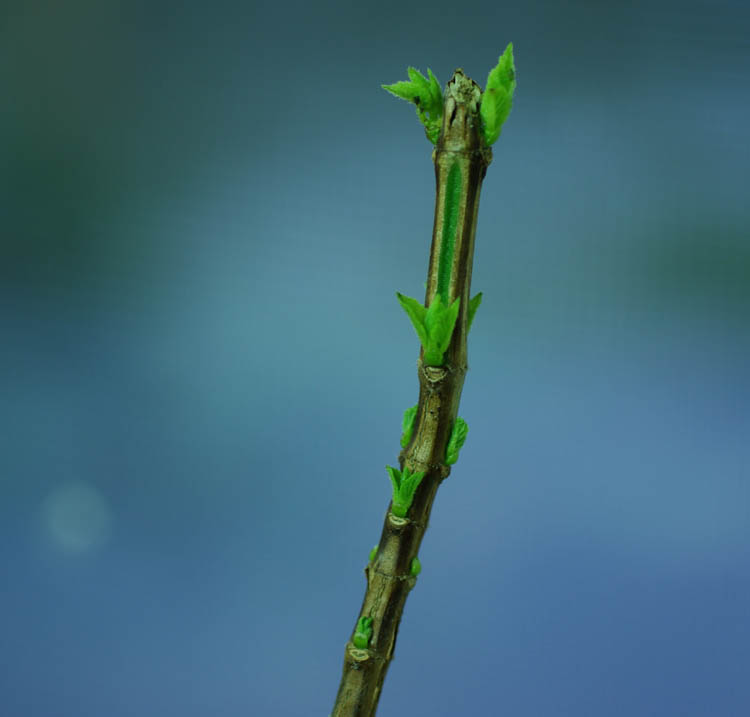
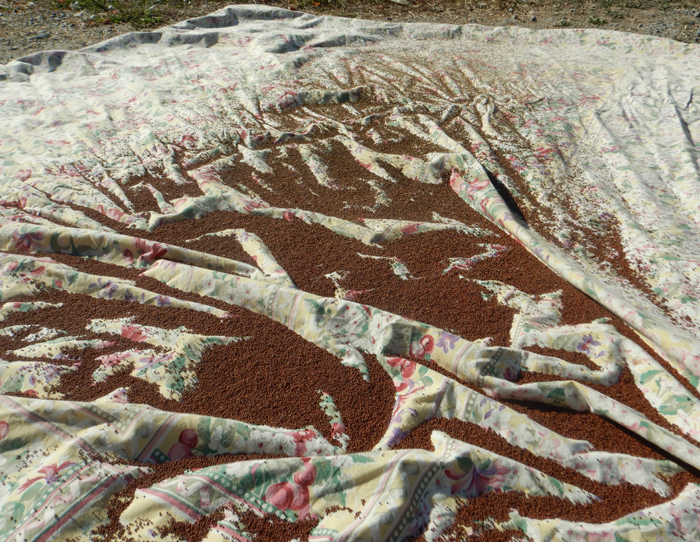
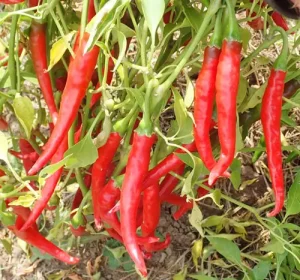
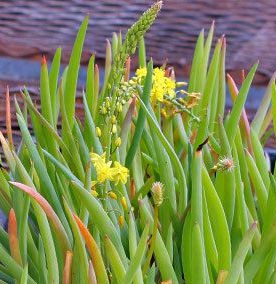
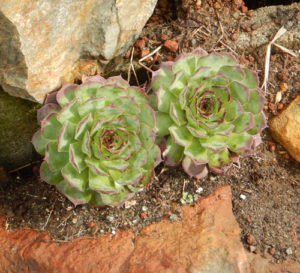
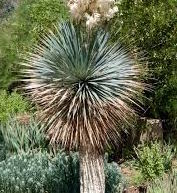
Chinenye Onukwugha (verified owner) –
Excited to plant these healthy looking seeds
Upvote if this was helpful (0) Downvote if this was not helpful (0) Watch Unwatch Flag for removal
Ian moore (verified owner) –
Plants doing well. Budding now. Is there a way to encourage flowering and speed it up? Hoping to get seed before frost. Thanks!
Upvote if this was helpful (0) Downvote if this was not helpful (0) Watch Unwatch Flag for removal
Richo Cech –
Hello Ian, Thanks for writing. The vana tulsi is woodier than the other types and I’ve always seen plenty of leaf productivity without pinching back. Richo
Upvote if this was helpful (0) Downvote if this was not helpful (0) Flag for removal
Richo Cech –
Hello Ian, Thanks for staying in touch. Any cutting back at this stage will only delay formation of flowers and seeds. You can fertilize with bat guano tea to hasten flowering and formation of hard seeds. We normally find these to be early mature-ers, Richo
Upvote if this was helpful (0) Downvote if this was not helpful (0) Flag for removal
janegaddin –
I just thought I would leave a comment mentioning how hardy these are here in southern Alabama (gulf coast region). I ordered seed from you for these in the spring of 2020, and I have a patch that has survived the entire time. In late 2020 I had to move (and lost my previous wonderful garden), but in the following spring I went back to the garden to look for a few things and low and behold, many of the vana’s I had planted were regrowing from the base. So I dug some up and planted in my new garden, where they lovingly return every spring, and grow to all of 7 ft tall bushes, making quite the tulsi hedge. They even survived our unusually cold dip this winter, down into the single digits (I covered their bases up with mulch and cloth). So for anyone wanting to over winter these, they are eager to do so with just a moderate amount of tending. (I always cover their bases if it gets below 30). Other varieties of tulsi I replant every year, but this one is a friend that keeps giving. Already it is leafing out from its base, starting as early as 3 weeks ago.
Upvote if this was helpful (1) Downvote if this was not helpful (0) Watch Unwatch Flag for removal
Richo Cech –
Hello Janegaddin, Thank you for these useful comments, they are consistent with my experience with this wayside bush basil that was obtained first from my wanderings on the shores of the Indian Ocean. Thanks for taking care of the tulasi! Richo
Upvote if this was helpful (0) Downvote if this was not helpful (0) Flag for removal
Phyllis Clay –
This is Vana preparing to “winter” in my kitchen.
Upvote if this was helpful (3) Downvote if this was not helpful (0) Watch Unwatch Flag for removal
mary –
Germinated well indoors in April and transplanted equally well outdoors in June, avoiding a late Zone 3 frost. This is definitely the most robust of the tulsis I’ve grown thus far (temperate and Amrita being the other two). I find its aroma as a fresh leaf the least pleasant (a cross between clove and dirty socks) of the three, but its flavor when brewed as tea is absolutely delicious! Production was good when harvested mid-season and just before frost in September, when it was also dug and potted up – some plants brought indoors and some in a winter greenhouse for year-round harvest(?). Will follow-up on how these survive the low light conditions and cooler temps during a northern MN winter. Easy to grow, good production and tasty tea…this tulsi is keeper!
Upvote if this was helpful (2) Downvote if this was not helpful (0) Watch Unwatch Flag for removal
Richo Cech –
Hi, thanks for the positive words. I believe you’ll find Vana to be the easiest of all the holy basils to overwinter. Richo
Upvote if this was helpful (0) Downvote if this was not helpful (0) Flag for removal
Melody –
On our farmlet we call this Tulsi the Gratitude Tulsi (sister to Holy Tulsi). I’m in zone 5 (north facing slope) and if I start seeds in greenhouse late April/early May, by the time I harvest early Sept before first frost I can stare it straight in the eye (ie about 5 1/2′ tall!). Such a giving plant- tea gets drunk all winter long. Has a distinctive cinnamon-like smell that I enjoy. The photo is of a praying mantis on a Vana plant a few years ago.
Upvote if this was helpful (2) Downvote if this was not helpful (0) Watch Unwatch Flag for removal
Richo Cech –
Hello Melody,
So good to hear about people’s experiences with plants–it gives so much perspective to hear how the plant performs in various ecological conditions. Vana tulsi is really highly adaptable–a perennial hedge in its native India or E Africa (where I originally sourced the seed), a productive annual in temperate gardens, a tough houseplant on the winter windowsill. Hard to imagine its all the same plant!
Richo
Upvote if this was helpful (1) Downvote if this was not helpful (0) Flag for removal
Meghan –
Love this Holy Basil variety! I live in SW Florida zone 9b/10a border and it has grown to almost 5.5′ tall and bushy. I have gotten so many leaves for tea from the one plant. It was easy to start seed in mid-late January then planted in a big pot. I keep pruning it to shape and the bees love the flowers! Can’t wait to have a few of these around!
Upvote if this was helpful (0) Downvote if this was not helpful (0) Watch Unwatch Flag for removal
Admin Richo Cech –
Hello Meghan, thanks for getting it, these wild tulasi are wayside shrubs throughout much of my east african stomping ground and I’m absolutely impressed that you made it work in FL. Good going! Richo
Upvote if this was helpful (0) Downvote if this was not helpful (0) Flag for removal
keya13 –
I started with 10 baby plants started from seed from one packet — I now have a 1/4 acre of Vana in Hawai`i that feeds my bee apiary! The 1/4 acre was not intended but I kept trimming and throwing the pollinated flowers off to the side and suddenly in two years the entire field is Vana. I adore it for my hydrosol distillation as well and harvest for bags and bags of tea. It replaced invasive grasses and gives pollen to so many native pollinators!
Upvote if this was helpful (4) Downvote if this was not helpful (0) Flag for removal